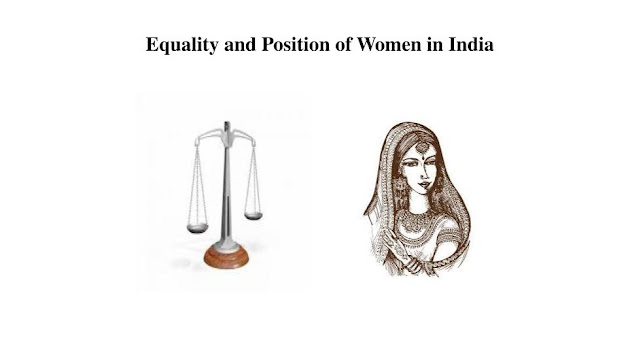Equality and Position of Women in India
.jpg)
Equality and Position of Women in India Introduction India is well known for its system of patriarchy from ancient times. Women were thought to be worshiped and respected but were never given equal rights as men. They were deprived of education, property and were forced to marry at a very early age. Female infanticide, Sati System, and Dowry Systems further degraded the position of women in India. In Present Time Equal Remuneration Act, 1976, The Sexual Harassment of Women at Workplace Act 2013, Protection of Women from Domestic Violence Act, 2005, Indecent Representation of Women (Prohibition) Act, 1986, Hindu Marriage Act, 1955, Hindu Succession Act, 1956 and Hindu Minority and Guardianship Act, 1956 is the prominent legislation that have contributed towards the enlistment of women. The judiciary apart from the legislature has also been playing an active role in t...
.jpg)
.jpg)


